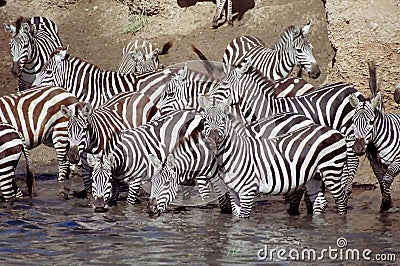Animals get the energy by feeding on other animals.
Plants perform the photosynthesis. In this process, plants absorb carbon dioxide and release oxygen.
Protists and fungi can be unicellular or multicellular. Algae are protists and they perform the photosyntesis.
Yeast and mushrooms are fungus
Organisms of the Monera Kingdom are unicellular.Bacteria belong to this kingdom.






























